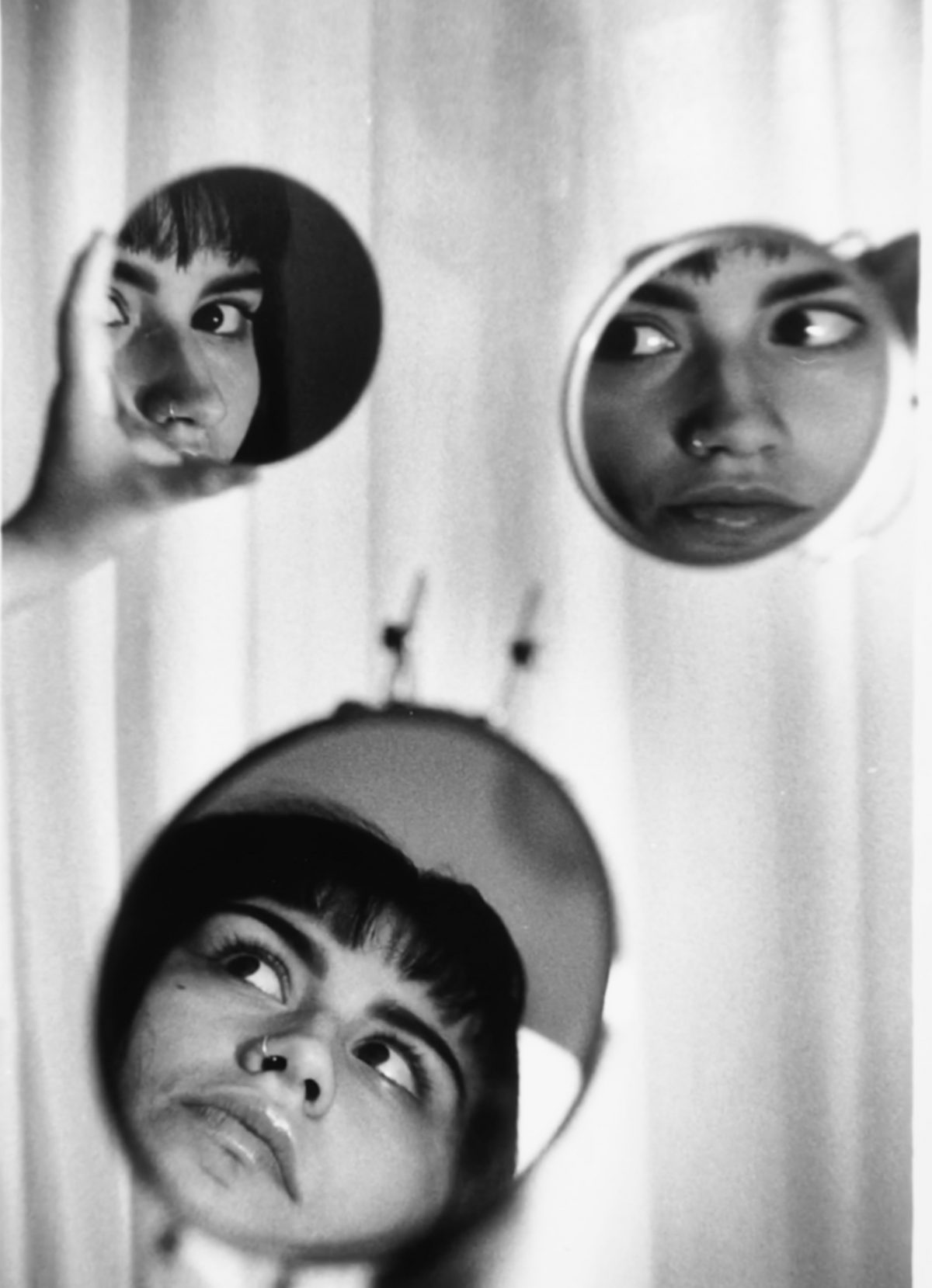In her essay “The I in the Internet,” Jia Tolentino writes, “it is essential that social media is mostly unsatisfying. That is what keeps us scrolling, scrolling, pressing our lever over and over in the hopes of getting some fleeting sensation – some momentary rush of recognition, flattery, or rage.”
Social media, disregarding its capitalist tendencies, is a show performed to evoke emotion. Be it the influencer or the audience, each user logs on, scrolls, and posts in order to feel something, to hide, and unconsciously cry out for help.
The summer after my freshman year I experienced a massive friendship breakup. Emotional abuse and manipulation… ending our relationship was overdue. When I finally cut the cord, I emerged on the other side stronger and better for it, albeit more fragile. However, suddenly all of my actions online were a performance staged to prove just how great I was doing without her.
My fragility manifested in wholly superficial ways (as was necessary since I had ceased communication with her): maintaining my platinum hair, whitening my teeth, and, of course – posting on social media were all ways to exhibit to her just how much better my life was going compared to hers.
I posted selfies of my clear skin, pictures tagging new friends (better friends, who I was having fun with), visuals of new and fabulous clothes. I knew she was watching, and I hoped all of this would ignite in her the feelings of jealousy and inadequacy that I thought she deserved.
After reflecting on this era only recently, I see just how unhealthy it was that my every move was motivated to make someone think a specific way about me. I was intending to show my former friend – and the rest of my followers – that just by improving my appearance, I had improved my life. Instead, it revealed a deep sadness, a desperation that was practically screaming, Look at how okay I am!
I now would go as far as saying that Instagram, and social media in general, on an extreme level, is just a means of attempting to conceal, and thus exhibiting, our pain. Isn’t everything we post designed and curated to force onto the public a specific view of ourselves? There is the common argument that social media is not and could not be indicative of our true selves, but what if, behind airbrush and good lighting and captions, Instagram, Snapchat, and the like reveal our true selves more than we would like?
On a smaller scale, we see it every day on our own profiles. Because we choose what we post, each photo is, in a way, reflective of our personalities, our thoughts, our aesthetics, if you will. And if, with each post we are giving the world a small nugget of ourselves, we are exposing ourselves, making ourselves vulnerable to all the varieties of feedback that come with going on the Internet. I would therefore argue that the only reason to post is to elicit some reaction from others, be it physical (a like or a comment) or emotional (eliciting a response of like, dislike, jealousy, envy, admiration in the audience’s mind, which doesn’t necessarily make its way back to the poster). In our regular lives, we do not typically act to see others react, but posting on social media is an action that is exclusively performed in order to create responses. These reactions are feeding a need that is not often broached in life outside the internet.
And this need, the desire to seem as we aren’t, reflects what we wish to hide most, that we are hurting. The platform creates a paradox that dictates the more you perform happiness, the more your audience sees your suffering.
I have noted this tendency not only in my generation of social media-users, my friends with a meager number of followers compared to the Kardashians of the world, but also those with thousands or millions of followers. Every so often one of these Insta-stars will post a photo featuring their tear-stained face and a long caption describing their struggle with anxiety and/or depression, an attempt to reveal the “real” side of their internet persona.
Reading those posts, I think, Honey, I already know. I can’t imagine that one who compulsively works out, spends hours perfecting lighting, follows and unfollows to gain followers can possibly feel comfortable with themselves. I could be projecting, but I also know that the points in my life that I have been the happiest are those when I’m not noting how others may view my actions, living life to live life, not for a picture. When I look at the Insta-famous, I can’t help but feel pity for them. I do not intend to demean successful influencers or suggest that making a living off of Internet-fame is not reputable; I only urge us all to consider looking at them transparently and thus sympathizing with these people more than idolizing them.
Some – mostly pre-millennials – who do not quite understand the appeal of these platforms, claim that we post so frequently and so much about ourselves because we are “narcissists.” Instead, what we are doing is creating a condition that eases the suffering we all experience. Willow Smith, in “Time Machine” off her 2019 self-titled album, points out “…everyone is looking at their phone / Tryna feel like they are less alone.” Instagram presents the sensation of company without supplying it. Perhaps if the colors on my feed work together, if I post pictures at a party, if every week I’m wearing a new outfit, real life can be just a bit more manageable. Given this, and perhaps erring towards hyperbole, Instagram is control, like an eating disorder or self-harm. It is avoidance, like drugs or alcohol.
Tolentino also explains, in “What It Takes to Put Your Phone Away” that, “we have allowed social media to make us feel valuable.” I would say, rather, that we seek out our value on social media, and it is not capable of meeting our needs. This sentiment is not intended to induce shame, but to encourage the questioning of motivations and whether it’s possible to exist on the internet at all without these symptoms.
–
Photo by Johanna Bommer.

